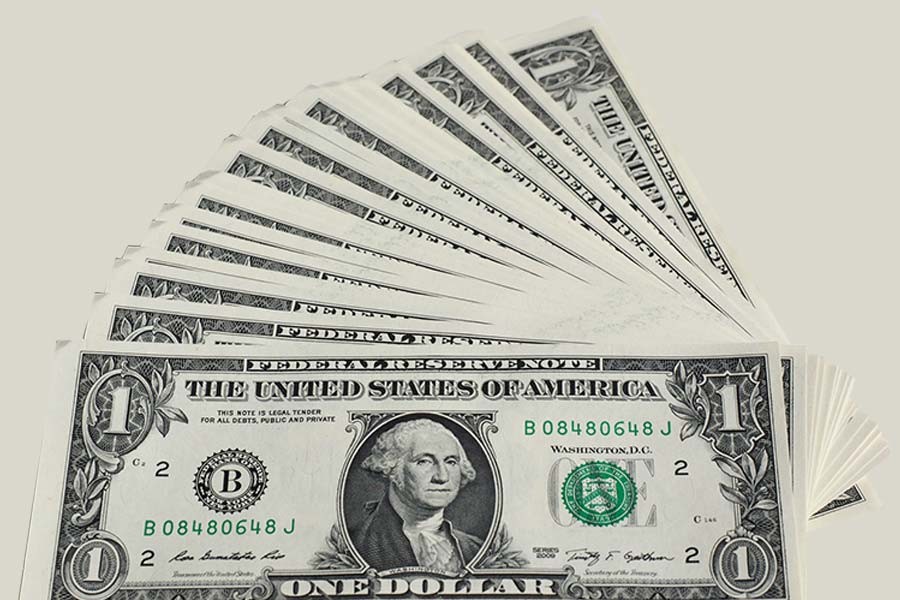
Published :
Updated :

Bangladesh’s foreign exchange reserves have improved a little to stand at $42.30 billion, which was at $41.92 billion on May 10.
"Recently, the reserve of foreign exchange was a slight dip below the $42-billion mark, but after that, the reserve was crossed US$42 billion again and today it is $42.30 billion," said General Manager of the Forex Reserve and Treasury Management Department Saiful Islam said, reports BSS.
According to bdnews24.com, a slight dip below the $42 billion mark recently was enough to make analysts nervous as the economy has already been suffering from sluggish inward remittances and skyrocketing inflation in the last quarter of the ongoing fiscal.
The central bank and the economists are saying that the decline of COVID-19 cases was met with a global hike at the prices of commodities as the Russia-Ukraine war caused the supply and delivery costs to go up. As a result, the demand for the US dollars rose and the Bangladeshi taka, like many other currencies in the world, began losing value.
Meanwhile, the higher dollar expenditure for imports and other necessities is putting pressure on the foreign exchange reserves. Bangladesh had a record $48.02 billion in August last year, sufficient to pay import bills for up to one year, but a steady decline has brought it down to the current level.
To stabilise an already dwindling economy and a currency market, a phenomenon some economists are calling “crisis at both ends”, the central bank has devalued the taka against the US dollar last week, for the third time in two months.
The US dollar exchange rate for interbank transactions was revised down by Tk 0.80 to Tk 87.5, but several banks hiked dollar prices to around Tk 92-94 amid heightened demand.
The central bank has also toughened its policy for importing luxury and non-essential items like sports-utility vehicles, washing machines, air conditioners and refrigerators.
It had ordered the banks in April to keep the cash margin at 25 per cent for letters of credit to import the non-essential products after the country’s trade deficit kept widening, posting a 64 per cent rise to around $25 billion year on year in the first nine months of the current fiscal year.
As import costs continued to rise, the Bangladesh Bank last week ordered the banks to raise the cash margin for the imports of cars and electronic home appliances. For imports of other non-essential products, the margin was set at 50 per cent.
Simultaneously, the government has also taken several measures- like putting a bar on civil servants’ foreign tours and pausing the development of projects that require a large number of imported materials.
Besides, the government has offered expatriate Bangladeshis to invest unlimited amounts of money in the dollar bond. But since the government needs to pay the interest in dollars, it has lowered the interest rate to reduce the dollars going out of the country.
All these measures were evidently not enough to calm an edgy currency market, as the value of the US currency last week shot up further past the Tk 100 mark, the highest in Bangladesh’s history.
The government aims to keep inflation within 5.3 per cent this fiscal, but it rose to 6.22 per cent at the end of March, according to official data. Some economists posited the rate has been much higher.
The International Monetary Fund, or IMF, does not agree with Bangladesh Bank on how it reports its dollar reserve.
In an assessment last year, when the reserve was at $44 billion by end of last fiscal, the IMF said the central bank overstated its foreign exchange reserves by $7.2 billion through the inclusion of non-reserve assets underestimating related risks, leading to an inflated foreign reserve.


 For all latest news, follow The Financial Express Google News channel.
For all latest news, follow The Financial Express Google News channel.